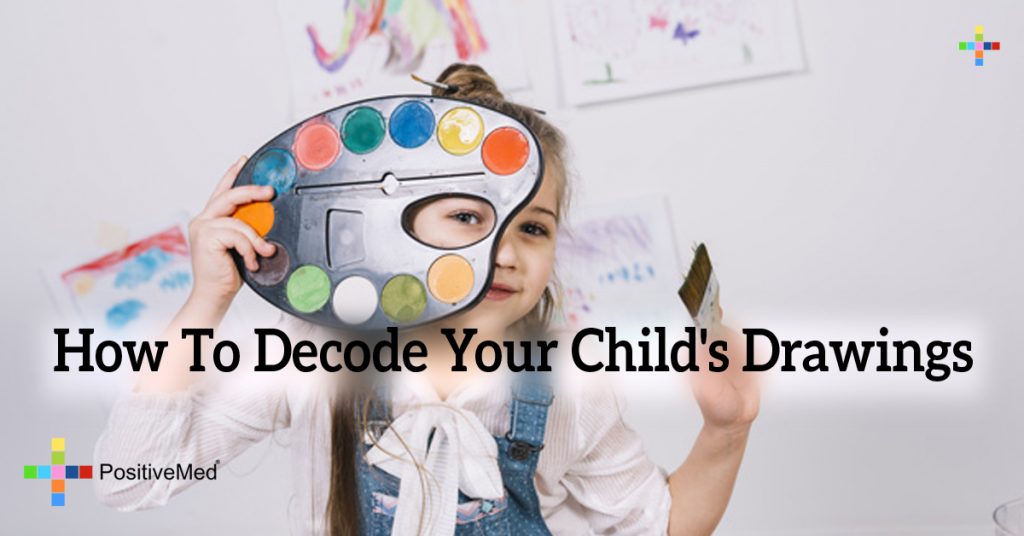
How To Decode Your Child’s Drawings
Children’s artwork can give you insight into their world if you know what you’re looking for! From the colors they use to the shapes they draw, almost everything has a hidden meaning and can be analyzed to further understand what they are feeling.
This video will show you the meaning of some of the most common shapes and colors used by children in their drawings. If you are a parent or have a small child in your family, you should definitely know these techniques!!!
Children often don’t have the words to express how they are feeling, but trained psychologist are able to use their drawings to translate what a child may be feeling inside.
Colors
Pay attention to the colors in the picture. The choice of color can be significant.
- Black & Purple
These colors suggest dominance. Black in particular is often associated with negative feelings and can be favored by a child who is relatively demanding.
- Blue
This color is popular with children who have a caring nature and enjoy socializing with others.
- Red
This is the color of excitement, this color is used especially by children who don’t want to miss out on anything, it’s also the most popular color for children. It can also mean enthusiasm, energy, emergency, and attention. A red house or a red door are reasons to investigate.
- Pink
This color shows a need for love and appreciation and is commonly favored by girls.
- Green
Green is the color of those who like to be different. These children often like space and are artistic and intelligent. This color also represents being calm and peaceful.
- Yellow
Yellow demonstrates intelligence, a sunny nature, and curiosity.
- Some studies have shown that younger children preferred using warm colors, while older children preferred using cooler colors in their drawings.
Drawing can help externalize emotions and events painful to speak about including:
Painful Experiences, Repressed Memories, Unspoken Fears, Anxieties, and Guilt
Very often kids draw their family members holding hands together. This is a good sign of a friendly environment in the house. When your child feels that his parents are going through conflict he/she will most likely place them far from each other in the drawing, maybe he will even draw some obstacles in between them.
Different shapes in a picture have different meanings, here are a few common shapes and their meanings when drawn by children:

The Sun
The sun is the most universal shape and it’s indicative of parental love. Balloons floating toward the sun could mean the desire to spend more time with their parents.
A House
A House commonly illustrates their feelings toward their home; walls relate to the strength of the ego, thin walls can show weakness. Doors represent interaction with others, no doors means the child is blocking contact, an open door can show a strong need for social contact, a second side door on the house can mean the need for another way out (an escape).
Windows
No windows or windows only on the second floor can mean the child is closed off and doesn’t want anyone in his/her business.
Arrows
Drawing arrows can be seen as quite a negative doodle as it indicates built-up anger and resentment.
Birds
Birds often indicate travel & freedom.
Cats
Cats in a drawing can mean jealousy.
Circles
Circles in a drawing can indicate the feeling of emptiness.
Dogs
This animal in a painting can have the meaning of loyalty.
Studying your child’s drawings may not make you an expert on drawing analysis, but it will hopefully help you understand your child a little better and will help you establish a better connection with your child!
Edited 8/27/14 SCD





